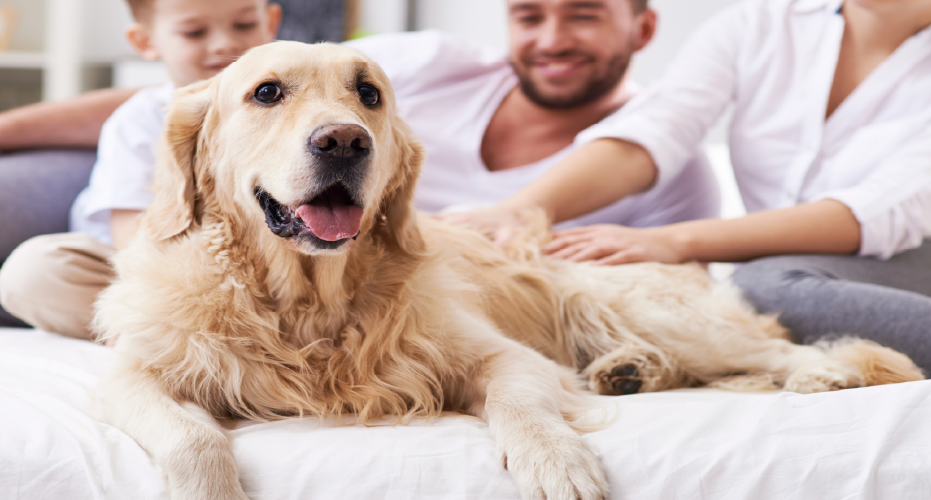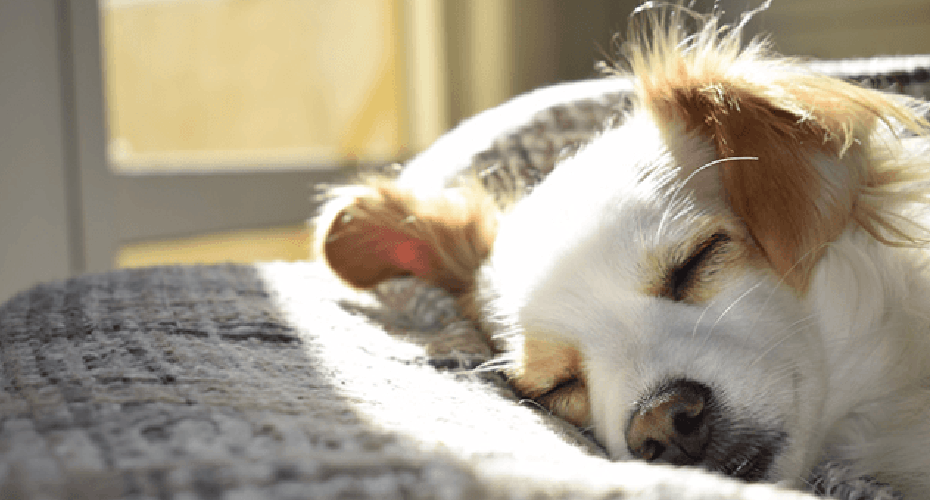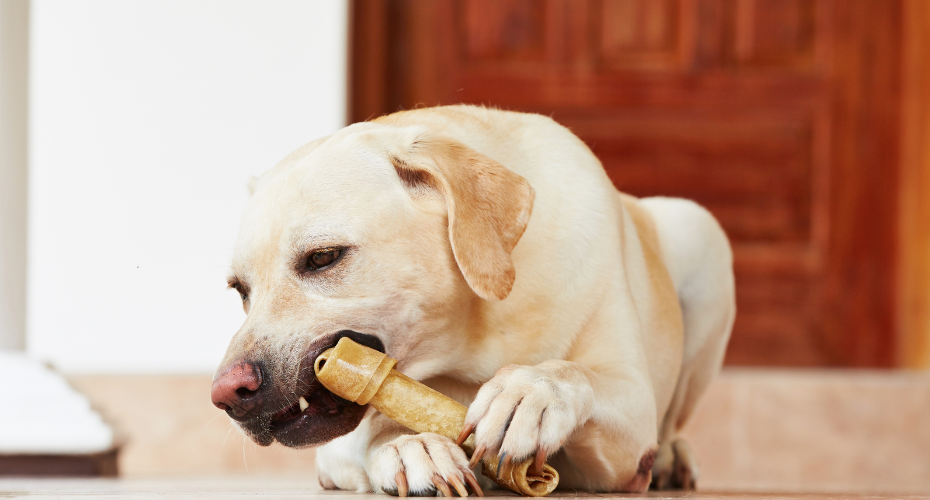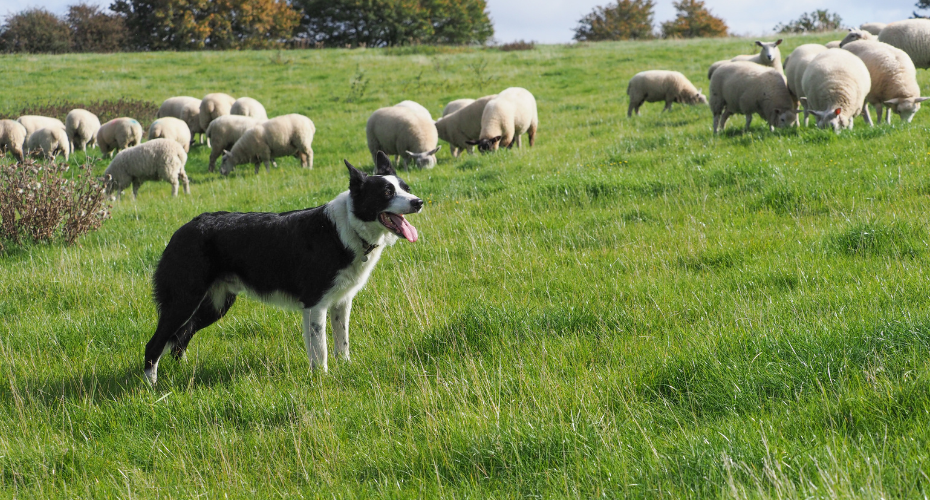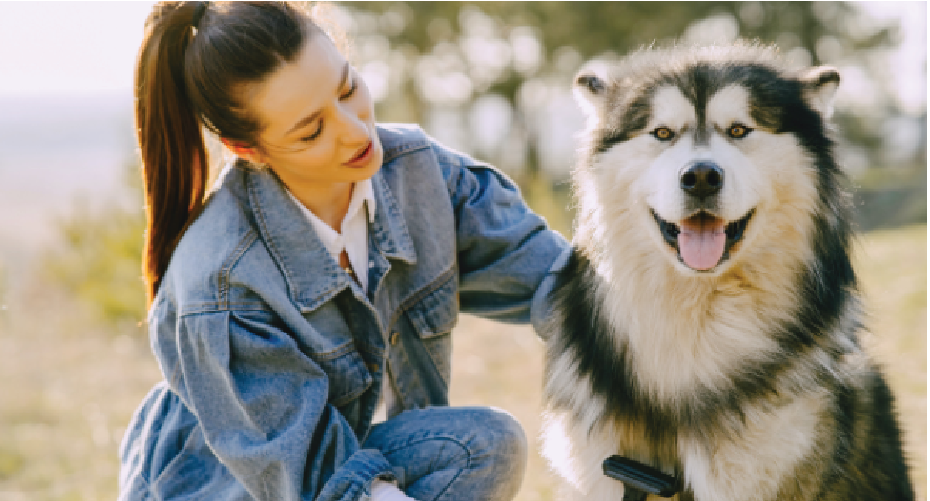
If you are a dog owner there is a good chance that you are already very familiar with the concept of shedding, unless you own a Chinese Crested or a Xoloitzcuintli (Mexican Hairless Dog, pronounced "show-low-eats-QUEENT-lee") that is! All dogs shed their hair to various degrees, even "low-shedding" breeds like Poodles, but some breeds definitely shed more than others.

Dog Breeds That Shed the Most Fur:
- Akitas
- Bernese Mountain Dogs
- Boston Terriers
- Chow Chows
- Corgis
- German Shepherds (aka German Shedders)
- Labrador Retrievers
- Newfoundlands
- Siberian Huskies
It is perfectly normal for our dogs to shed hair all year round with a notable increase in shedding around the changes in seasons. But there are a number of health conditions that can also cause hair loss in dogs that may require further investigation or treatment by a veterinarian. Keep reading to find out about the three main types of shedding and some tips and tricks on how to reduce shedding in your dog.

Year-Round Shedding
A dog sheds their hair when the existing hair is dead or damaged and new fur is growing underneath. This means that all dogs will shed to some degree all year round. Some breeds definitely shed more than others as those who own a any of the breeds listed above will know all too well! Whereas other breeds such as the smooth-coated Dachshund, Poodles and Terrier types tend to shed much less than their double-coated counterparts.

Seasonal Shedding
Seasonal shedding can be very obvious in breeds that have a double coat such as Border Collies, Alaskan Malamutes and German Shepherds. The soft undercoat thins out in the spring to prepare the dog for warmer weather and thickens in the autumn months to ready the dog for the cooler winter months. Daily brushing with a special shedding comb or rake can help to pick up a lot of that loose fur before it can make its way onto your floor.

Health
There are a number of health issues that can also affect how much your dog sheds such as:
- Endocrine disorders
- Poor nutrition
- Congenital problems
- Allergies caused by food, medications or chemicals
- Stress or anxiety
- Parasite infestations such as fleas or mites
- Ringworm or other fungal or bacterial infections
- Immune diseases or cancer
- Trauma due to over-licking
If excessive shedding is accompanied by lumps or bumps, a rash, sores, constant scratching or licking, or any other symptoms, you should immediately consult your veterinarian to investigate the hair loss further and rule out any underlying issues.

How to Control Shedding
Regular Grooming and Bathing
Excess shedding can be difficult to manage as pet hair tends to cling to furniture around the house. Regular grooming is key to limiting the amount of fur that ends up on your floor, furniture and clothes. During periods of heavy shedding, you may need to brush your dog daily to prevent large amounts of fur invading your furniture and clinging to your clothes. At other times, a few times a week or even weekly may be frequent enough.
As well as regular brushing, more frequent bathing will also help to loosen some of the dead and damaged fur. Regular vacuuming prevents fur from becoming embedded in furniture which can become difficult to remove if it has been worn in by footsteps or embedded in your upholstery.

Choose the Right Brush for the Breed
Choosing the right brush for your dog is important to ensure you are maximising the amount of fur removed each time you brush and thereby limiting the amount that ends up on your floor. For shorter-haired breeds that do not tend to shed heavily, a soft bristle brush, slicker brush or pin brush is ideal for regular brushing to remove shedding hair and prevent matts from forming. First, brush lightly against the direction of fur growth, then smooth the fur by brushing with the direction of hair growth. A slicker brush is also ideal to use on dog's with curly or medium length hair including Cocker Spaniels.
As mentioned, double-coat breeds such as German Shepherds or Collies may require the use of a specialised undercoat brush or rake to remove the dead and damaged hair, while leaving the outer coat undisturbed. The long teeth of the brush or rake also help to de-matt and detangle the undercoat while removing any loose fur. You may need to go over the coat multiple times until you get less and less hair in the brush or rake.
A rubber curry brush or Kong Zoom Groom is a specialised rubber brush that is used during bath time to aid in the removal of loose fur. The rubber fingers also help to stimulate capillaries and natural oil production which helps to keep your dogs fur looking shiny and healthy.

Nutrition and Hydration
Feeding your dog a high quality diet can go a long way in reducing how much they shed. Selecting a food that has a high-quality, animal-based protein will ensure they receive essential nutrients that help to improve the health of their hair and minimise shedding.
You can also add Omega 3 supplements to your dogs food to help soothe inflamed skin, reduce dandruff and improve the overall condition of your dogs coat.

You can view our full range of grooming supplies for dogs here.
